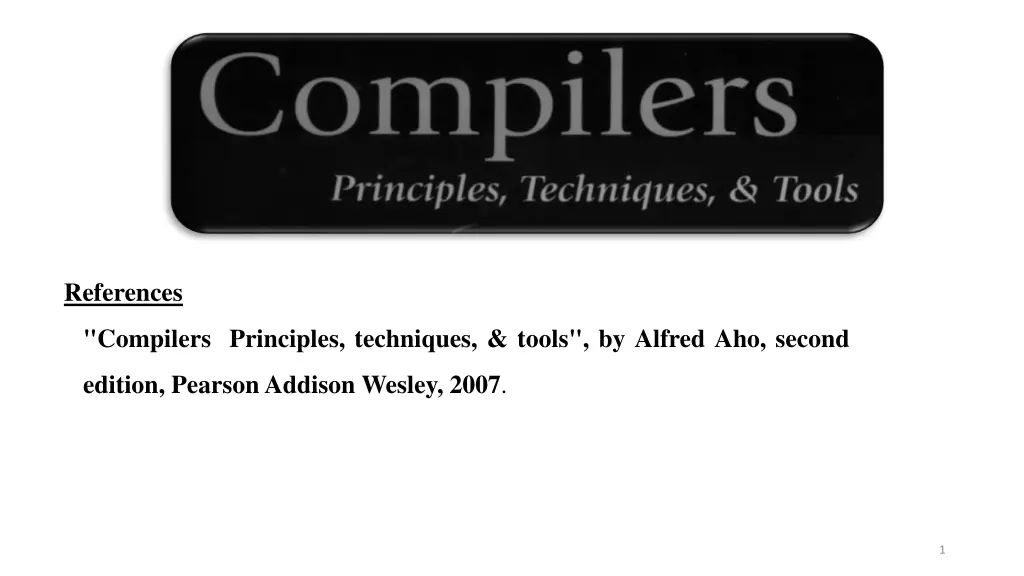
Understanding Compilers, Translators, and Assemblers: A Comprehensive Overview
Explore the world of compilers, translators, and assemblers - essential tools in software development. Learn about the types of translators, why translations are necessary, and the differences between compilers and interpreters. Discover how these tools bridge the gap between high-level programming languages and machine code, making programming more efficient and accessible.
Download Presentation

Please find below an Image/Link to download the presentation.
The content on the website is provided AS IS for your information and personal use only. It may not be sold, licensed, or shared on other websites without obtaining consent from the author. If you encounter any issues during the download, it is possible that the publisher has removed the file from their server.
You are allowed to download the files provided on this website for personal or commercial use, subject to the condition that they are used lawfully. All files are the property of their respective owners.
The content on the website is provided AS IS for your information and personal use only. It may not be sold, licensed, or shared on other websites without obtaining consent from the author.
E N D
Presentation Transcript
References "Compilers Principles, techniques, & tools", by Alfred Aho, second edition, Pearson Addison Wesley, 2007. 1
Compiler Compiler and Translators and Translators Translator is a program that takes as input a program written in one programming language (the source language) and produces as output a program in another language (the object or target language). Source Program Object Program Translator Types of translator There are four types of translator according to the source language as well as target language:
Compiler Compiler and Translators and Translators Compiler is a translator that translates a high-level language program such as FORTRAN, PASCAL, C++, to low-level language program such as an assembly language or machine language. Note: The translation process should also report the presence of errors in the source program
Others Translators: Interpreters are another kind of translators. An Interpreter is a translator that effectively accepts a source program and executes it directly, without, producing any object code first. It does this by fetching the source program instructions one by one, analyzing them one by one, and then "executing" them one by one. 1. Smaller ( advantage) 2. Slower (disadvantage)
Assembler: is a translator that translates the assembly language program (mnemonic program) to machine language program. Pre-processor: is a Translator Translate program written by H.L.L Into an equivalent program in H.L.L.
Why do we Need Translations? If there are no translators then we must programming in machine language. With machine language we must be communicate directly with a computer in terms of bits, registers, and very primitive machine operations. Since a machine language program is nothing more than a sequence of 0's and 1's, programming a complex algorithm in such a language is terribly tedious and fraught with mistakes.






















